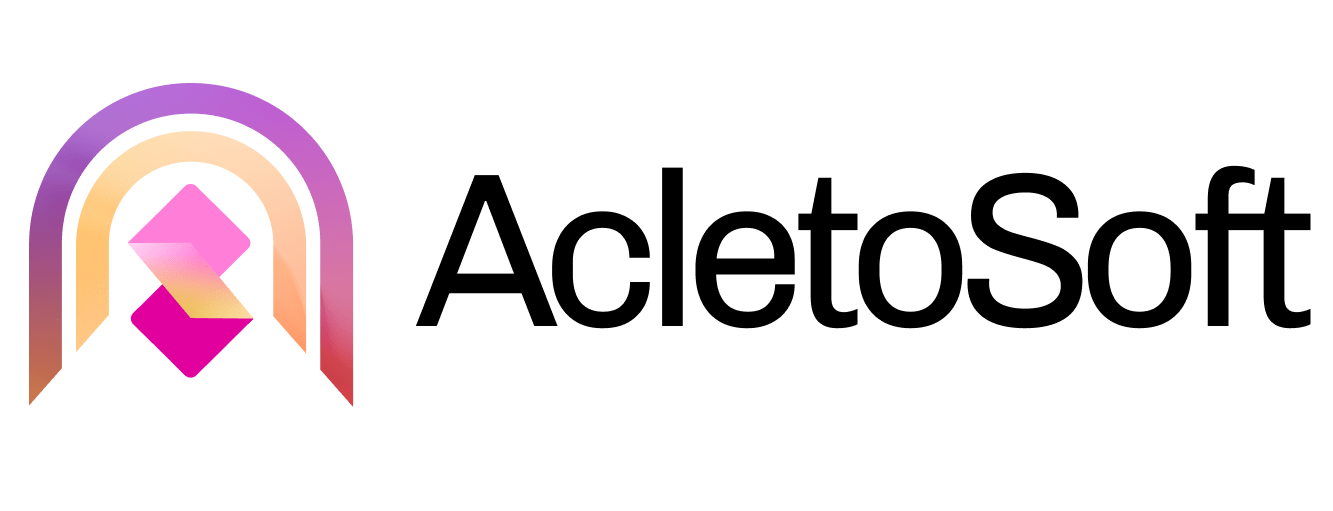Top 10 AI Trends That Will Transform Businesses In 2023
Artificial intelligence is currently undergoing a revolution transforming how humans work in many different industries.
Considering the quick pace at which it advances, it shouldn’t come as a surprise that artificial intelligence has become one of the most talked-about issues in technology in recent years. As time passes, we should anticipate seeing several AI trends that will significantly impact the world’s future.
One of the major AI trends is the rising use of natural language processing (NLP), which allows computers to comprehend and make sense of human language. This is one of the most significant developments in AI trends.
Another AI trend is the growth of generative AI, in which computers may generate writing, images, music, and various other creative works.
The third development in AI is the expanding application of AI in healthcare, which assists medical professionals in diagnosing disorders and providing improved treatments.
These AI trends are the tip of the iceberg; we may anticipate the next stage of further fascinating progress.
Undoubtedly, artificial intelligence will continue its rapid pace meteoric ascent into 2023. However, an integral part because the rapid rate pace of change in new technologies is so quick, it is essential to differentiate between real improvements and distracting fads.
Key Takeaways
- Artificial intelligence is transforming a wide range of sectors and how people work.
- Natural Language Processing (NLP) is becoming increasingly important and has several extremely intriguing business applications.
- The usage of generative artificial intelligence, which allows machines to produce text, pictures, music, and other types of media, is increasing.
- Artificial intelligence is increasingly used in the medical profession to help clinicians diagnose diseases and provide better therapies.
- Automated Machine Learning, or AutoML, is a relatively recent technology that automates machine learning activities while boosting the accuracy of ML models.
- Governments worldwide are now developing regulatory frameworks for the growing use of artificial intelligence.
Natural Language Processing (NLP)
Natural language processing (NLP) is one of the areas within the AI sector that shows the most promise for the near future in business applications.
Text surrounds everything in our environment. Textual analysis, formatting, translation, and utilization are all critical components of running any business, wherever in the globe.
And this involves more than simply words. It is used very differently from the traditional statistical methods used when analyzing data.
So, what exactly is the NLP?
Natural language processing, also known as NLP, is a technique that enables machines to mimic human speech.
In the past, for computers to comprehend human language, they had first to be converted into a computer language known as code. However, by utilizing. NLP, machines can gain intelligence from the text in its natural condition.
Today, businesses can use NLP to identify the sentiment of human text, extract meaning from it and then analyze it.
Without this solution, analyzing data efficiently and gaining valuable insights is hard.
Many organizations in law and business have already started using NLP to infer complex legal documents and develop new ones.

Generative AI
Generative AI is a machine learning subfield that creates new data by recognizing patterns, data types or content from an existing data set.
This technology identifies patterns in data collection, including code, text, photos, audio and other data and various other types of data.
The recent release of ChatGPT took the world by storm with its groundbreaking ability to perform tasks powered by a large language model.
Other generative AI models have been added, too, including popular AI art generators like Midjourney and DALL-E.
Due to its graphic-creation capabilities, DALL-E became the three OpenAI creations’ most well-liked product in 2022.
By entering prompts into DALL-E, it can produce various works of art.
These tools are getting so good at creating art that recently, an artist won a digital art competition using AI art.
But, one of the main challenges right now is of AI bias.

Artificial Intelligence and Human Collaboration
It’s tempting to wonder how much longer we have before robots take over our jobs in a world where AI-enabled computers can write movie scripts, create award-winning art, and even diagnose medical conditions.
At the same time, automation has long threatened lower-level, blue-collar jobs in manufacturing, customer service, etc. The most recent developments in AI promise to disrupt all kinds of jobs, from attorneys to journalists.
Cobots, or collaborative robots, are so advanced in their AI support for diverse human functions that they have already reached new heights and will continue to do so.
According to industry experts and insiders, businesses will increasingly use AI-equipped devices to carry out repetitive and physically demanding activities.
Human employees can do more specialized computer vision tasks than computer vision if this is done.
AI capabilities can also help teams quickly identify and address flaws or failures, increasing safety and reducing repair or injury costs. There will be more human participation in some areas, including:
- Healthcare and hospitality: sample collection, hospital supplies restocking, surgery, injury recovery, and health worker support in residential and nursing care homes for the elderly or disabled.
- Agriculture: drones for seed planting, fertilizer, pesticide application, trespasser and invasive species tracking, and LED lighting and hydroponics for indoor farms.
- Food and beverage: warehousing, food packaging
- Electronics: checking the integrity of printed circuit boards, phone chips, and phone chip processors.
- Emerging technologies: torque sensors, proximity detection sensors, and end-effectors (tools for the end of the arm, such as vacuum, mechanical, pneumatic, and magnetic grippers).
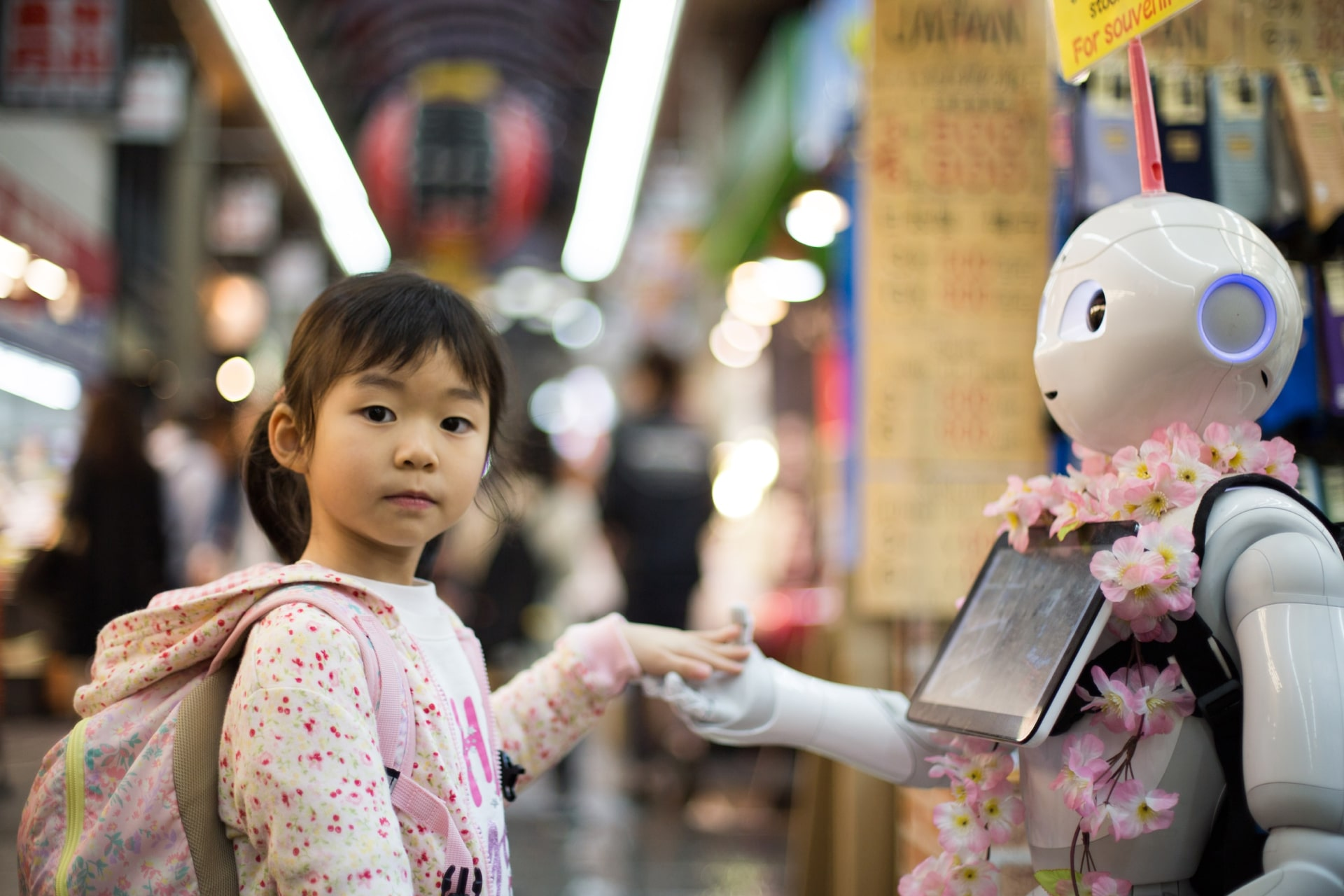
Low Code, No Code
Organizations can customize these intelligent systems using pre-built templates and drag-and-drop techniques thanks to the low-code, no-code trend in website and app development.
In this manner, adopting AI into ai systems’ current workflows will proceed more quickly. The use of AI will also grow more quickly within their organizational structure.
Due to its anticipated long-term adoption by the ai industry, AI business experts anticipate that more cloud service providers will incorporate AI into their offerings.
Because using low-code, no-code tools to modernize IT is 70% cheaper and is completed more quickly (in as little as three days, 66% of developers are either already using (39%) or intend to use (27%) them in 2023.
Meanwhile, Gartner predicted that by 2026, 80% of low-code tool development users would be “citizen developers”—or those who did not take formal coding courses.
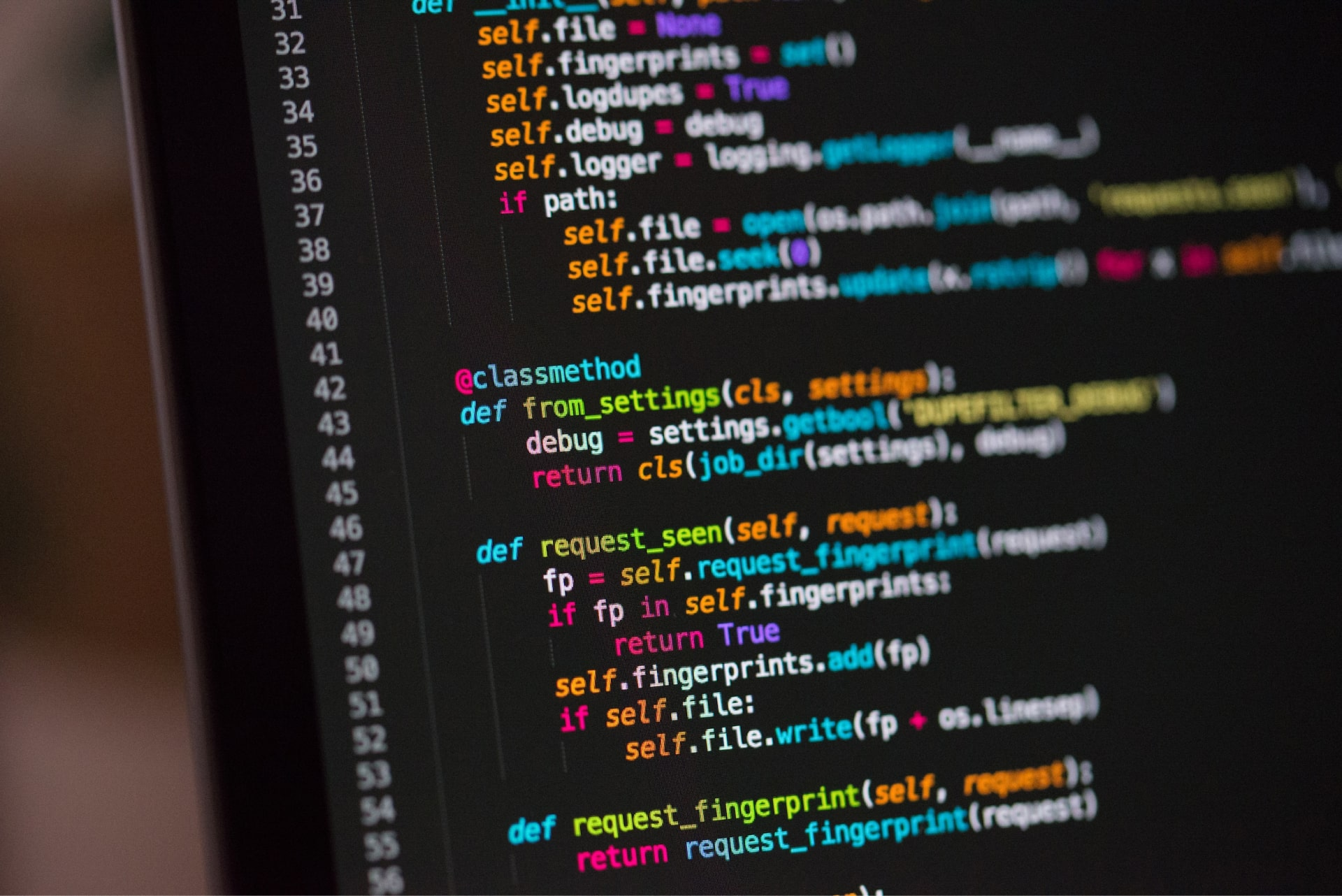
Race for AI Search
Large language models (LLMs) used in AI search engines can transform how people access information online.
The underlying LLMs underpinning an interface like ChatGPT function by first evaluating and “learning” vast volumes of data. As a result, the program sees patterns and can anticipate words and sentences that should belong together.
As a result, when a person inputs a natural language search query, the AI search engine may anticipate a sequence of human words that will answer the inquiry.
Instead of generating a list of related websites, the application provides textual responses from various sources.
Furthermore, these platforms go beyond simple queries such as determining the capital of ai, Brazil or the current temperature.
Users may ask general queries like “How do I plan a three-course meal?” or “Which car should I buy?”
ChatGPT is a generative artificial intelligence platform that got popular around the end of 2022.

Users may ask the tool a question, and it will respond, but it can also serve as a chatbot. It can hold human-like conversations and respond to entire orders to produce content.
Other Big Tech players have entered the race to become the leading generative AI search platform.
In early February 2023, Microsoft released its AI-powered version of Bing.
Although it is powered by ChatGPT technology, Microsoft claims it is faster and more accurate because it is designed specifically for search.
Users may utilize the platform to ask follow-up questions to a search, and it can also produce new material.
Microsoft’s cooperation with OpenAI started in 2019 with a $1 billion investment in the technology. Since then, another $2 billion has been allocated to OpenAI, and Microsoft has just committed to an additional $10 billion investment shortly.
Google’s AI search, Bard, was also revealed in early February 2023, but experts think it lags behind Microsoft’s version. It will not be widely available until mid-2023.

Automated Machine Learning (AutoML)
An emerging technology that automates machine learning tasks speeds up the model-building process, enables data scientists to concentrate on tasks with a higher value, and increases the accuracy of ML models is called automated machine learning.
AutoML or ai deployment aims to integrate ai to automate portions of the data science workflow to drive more data-driven decision-making.
Automated machine learning involves choosing the model algorithm, optimizing the hyperparameters, modelling iteratively, and evaluating the model. Instead of trying to replace data scientists, this technology hopes to relieve them of tedious work.
Because of ai adoption of these qualities, demand for AutoMl is rising:
- Usability: making machine learning accessible to those who aren’t specialists in the field;
- Productivity: raising the efficiency of machine learning engineers;
- Performance: developing more effective machine learning models.
A new age of R&D and commercial app development has begun with the emergence of AutoML. AutoML aims to generate solutions without sacrificing accuracy, increase ML accessibility, decrease human expertise, and enhance model performance.
The following benefits of machine learning (ML) include:
- Democratization: It makes ML features accessible to non-experts;
- Error reduction: It reduces the possibility of errors brought on by human intervention;
- Adding to efficiency: ML automates running repetitive tasks;
- Optimization: ML tunes hyperparameters;
- Management: managing the model’s future utilization and more.
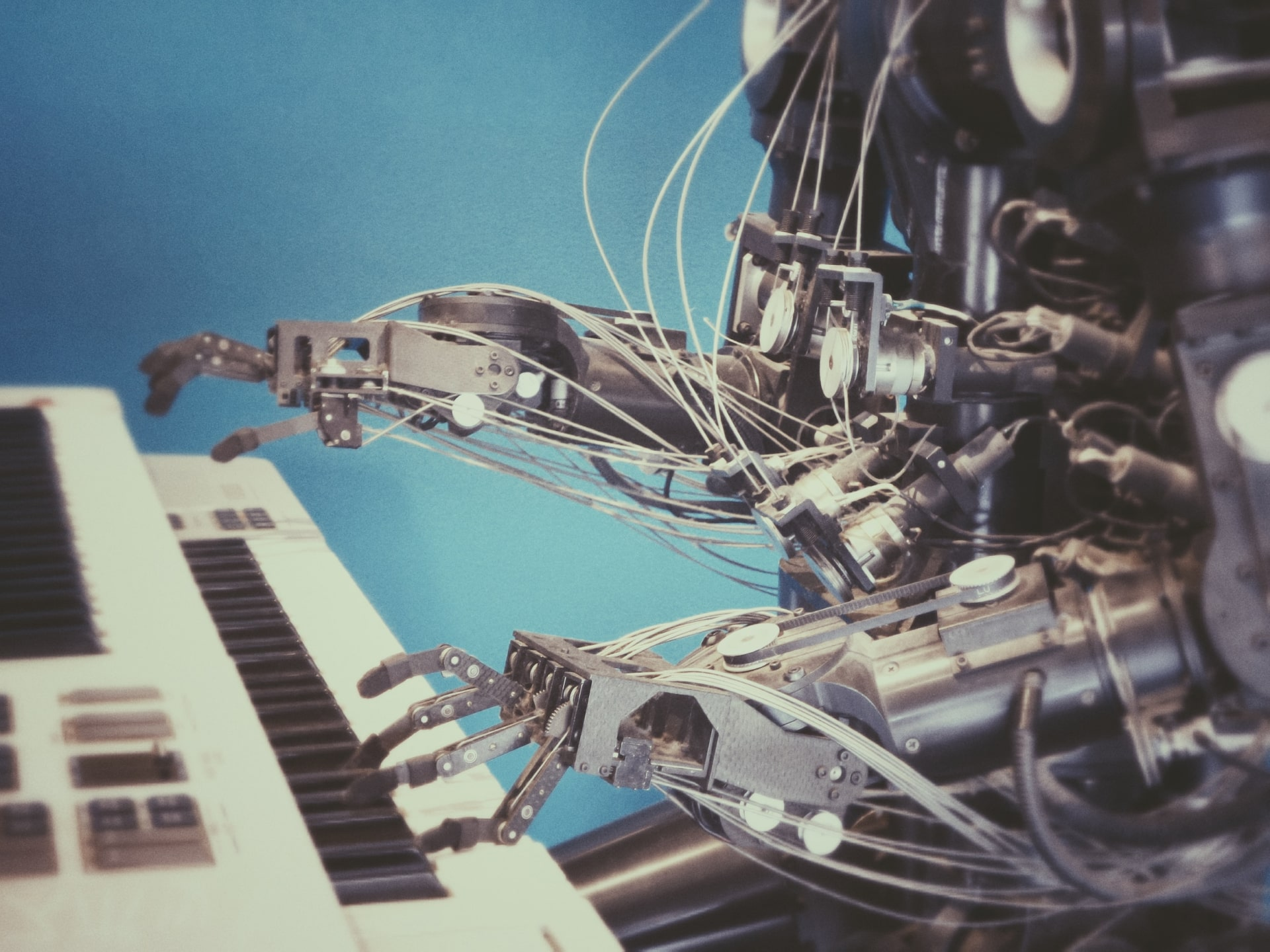
Application of AutoML
AutoML and AI tools integrate the best AI technologies to make data science more accessible and reduce the time required to deliver value.
In many situations, machine learning outperforms humans. Each company employs machine and deep learning models in various ways to reap the benefits of this cutting-edge technology. Which are the most cutting-edge AutoML applications?
Fraud detection is just one example of the most basic applications of machine learning. Online purchases will be critical shortly for retail.
Due to the growth of the e-commerce business and the increased usage of credit cards as a payment mechanism, credit card fraud is becoming the most common kind of identity theft.
Introducing new payment methods, such as smartphones, multiple wallets, UPI, and so on, has exacerbated the problem.
The United States was first in large-volume credit card fraud incidents but lagged in illegal international commerce.
According to the Nilson Report, losses in 2018 are expected to be modest at $27.85 billion. The figures are shocking.
Another use for AutoML is translation. Google’s GNMT (Google Neural Machine Translation) is the most well-known ML implementation in automated translation. Fluency and precision are achieved by the application of Neural Language Processing (POS Tagging, Named Entity Recognition, and Chunking).
The healthcare business benefits substantially from AI, especially in medical diagnosis and management.
The use of machine learning (ML) holds the key to the effective automation of all regular, manual, and repetitive tasks, whether it includes analyzing critical medical data, predicting sickness progression using the extracted information, treatment planning, or support.
Machine learning methods are also used in precision medicine to de-risk and expedite clinical studies.
If you’ve ever used the Uber taxi app, you’ve also been using ML. The customized Uber app automatically finds a user’s position in space and suggests a destination based on their prior travels (ML computation based on Historic Trip Data).
Speaking about transportation in ai space, Tesla deserves notice as a pioneer of autonomous (low or no human participation) vehicles.
Hardware manufacturer NVIDIA, which relies on ai models on the Unsupervised Learning Algorithm, powers its current AI.
AI in Healthcare
The fight against the global pandemic relied heavily on AI developments, and their significance in public awareness has only grown since then.
Hospital adoption is booming; 90% of hospitals have AI plans, and 75% of hospital administrators believe AI projects are essential. AI and machine learning is accelerating several hospital processes.
These activities include locating participants for research studies, collecting audio from doctor-patient discussions and translating it to text notes, scanning handwritten data into an internet platform, and identifying patients.
Amid a hospital personnel crisis, this technology is also becoming a crucial tool. Hospital worker turnover will increase by 6.4% in 2021 to around 26%. In 2021 alone, about 334,000 more medical professionals and clinicians will have retired from the workforce.
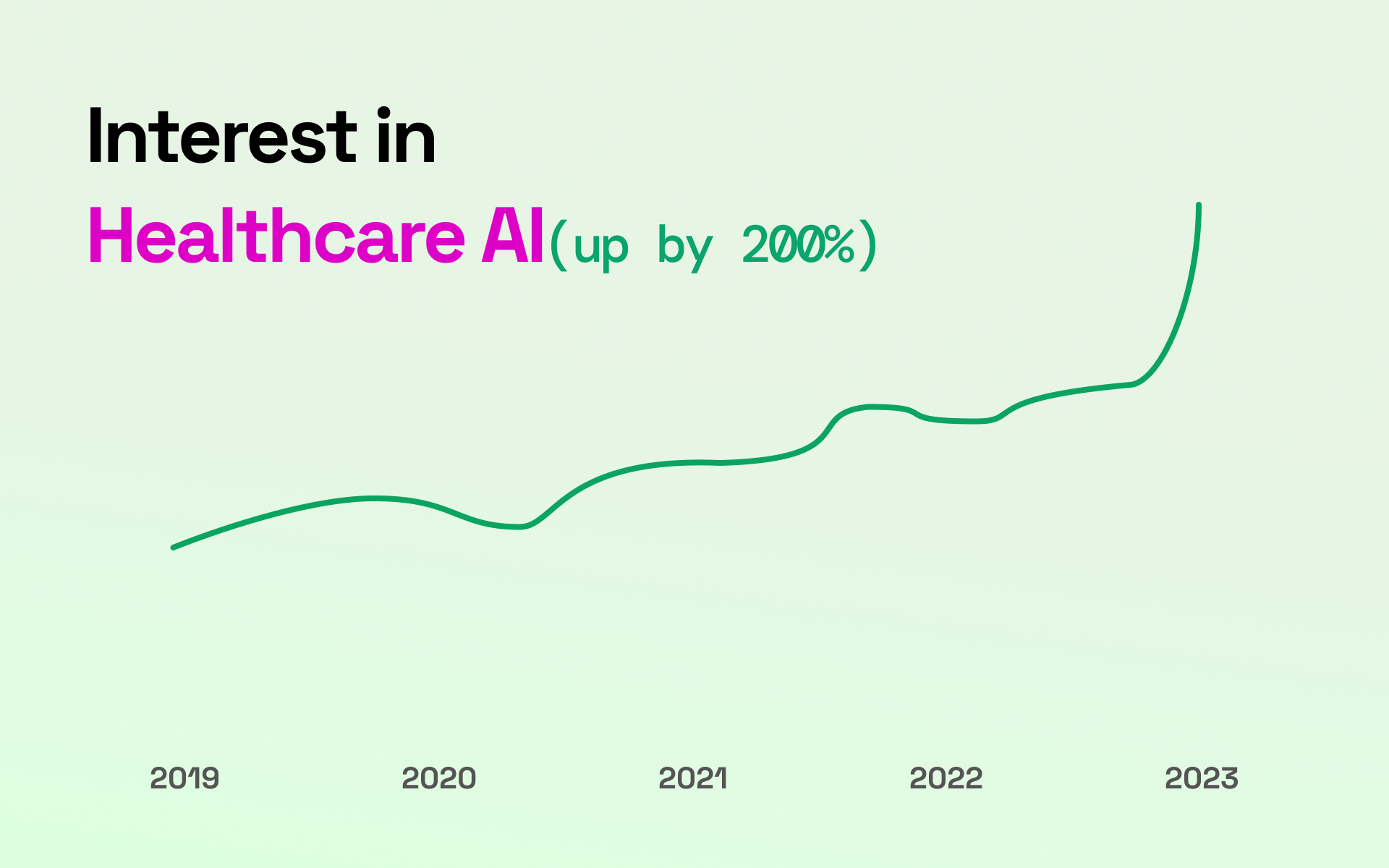
The impact of this workforce shortfall is lessened by implementing AI technologies. 58% of hospital executives who participated in a poll felt AI was very or frequently successful in increasing operational performance.
By investing in AI technology that assists in patient monitoring, some hospitals are lessening the workload placed on nurses. Numerous more ways in which AI may affect the healthcare sector are also possible.
Future applications of AI include drug research, disease detection, and individualized treatment regimens.
This industry is a growing demand receiving ai adoption and attention from investors. More than $1.6 billion was allocated to startups engaged in drug research in 2022.

AI in Education
AI can fundamentally alter how teachers instruct and students learn in educational environments.
For instance, kids can have an ai systems and systems converse with humans, like conversations with Napoleon, Winston Churchill, or Socrates. They can ping an ai history or an ai English teacher bot with inquiries.
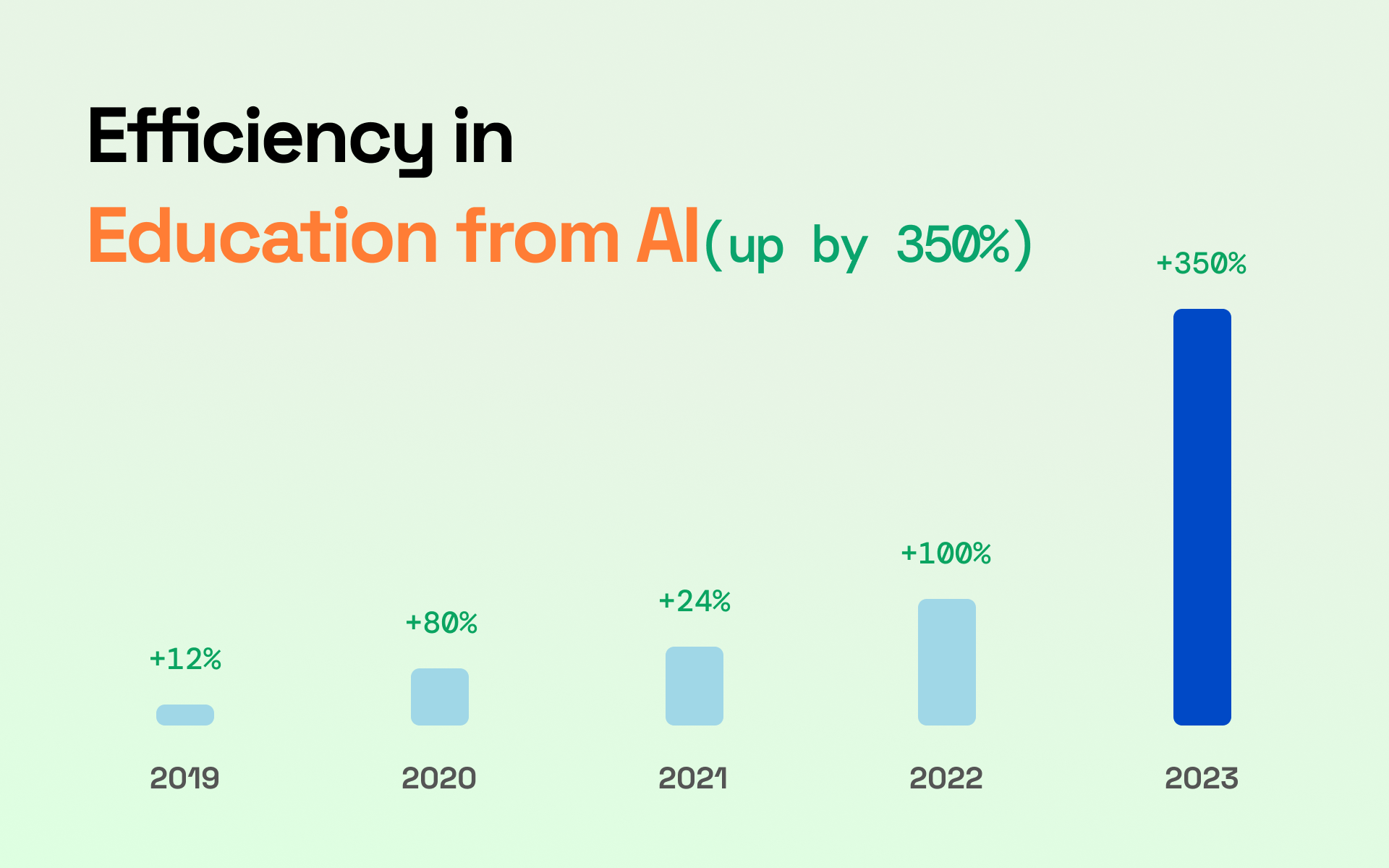
AI tutoring tools are also being created and released for pupils as young as kindergartners. Without the aid of a human teacher, these tools are intended to provide pupils with individualized, direct teaching.
Based on the student’s performance, they can provide real-time feedback and change the instructional strategy.

AI in Cybersecurity
Critical infrastructure, such as the national civil infrastructure that provides households with power and water, may be threatened by hacking activities as more companies embrace AI resources. Smaller, less secure firms will nonetheless continue to be exposed.
As a result of these new threats, career prospects in information security will increase. Security AI can be implemented and managed by experts for:
Treatment of data includes categorization, cataloguing, integration, and quality assurance. Vulnerability management through network traffic analysis and detection of trends indicating illegal activity threat detection using predictive AI, which can forecast which of the many notifications has the greatest hazards and address them first.
According to 2022 research from IBM, organizations with cyber risk management structures and policies decreased breach lifecycles by 74 days and saved an average of USD3 million.
Due to growing cyber threats, the insurance industry may be forced to embrace new technology and approaches to evaluate and manage cyber risks. Additionally, insurers might add exclusions for new risks, ransomware and hacks and risk-based pricing.

AI Regulations
Because there is little to no government oversight or legislation that particularly governs the creation, drug development, and application of artificial intelligence, the field has long been like ai the Wild West. But things are starting to shift. After spending 2022 honing their claws, lawmakers and regulators are prepared to pounce.
Governments all across the world are developing frameworks for increased AI regulation. President Joe Biden and business leaders from his administration unveiled a “bill of rights” for artificial intelligence in the US.
It contains instructions on responsible practices for safeguarding an individual’s personal information and restricting spying.
Additionally, the Federal Trade Commission has taken action against some corporations after closely watching how they employ AI algorithms and collect data.
State and local governments are also rising concerns and also enacting more legislation. More than a dozen American towns, including San Francisco and Boston, have outlawed the government’s use of facial recognition technology.
In December, Massachusetts came close to being the first state to do so, but then-Gov. Charlie Baker vetoed the bill. During this time, rules banning face analysis technology in recruiting were approved in Illinois and Maryland in 2020.
The New York City Council said in 2021 that it would tighten regulations on the use of AI in hiring.
The European Union has also put increased focus on its focus on regulating AI. After numerous changes and extensive discussion, the EU Council accepted a compromise version of its planned AI Act. The Parliament is expected to vote on it later this or early work year.
This is said to be the first global standard for regulating or outlawing specific applications of artificial intelligence once it is implemented. The EU is also developing a new rule to hold businesses responsible when AI products violate users’ privacy or utilize biased algorithms.
However, there is still ai more work to be done. Watching how existing rules function in this bright new world of artificial intelligence, particularly in generative AI, will be interesting.
This has recently come to light in several high-profile disputes, where artists have alleged that numerous well-known generative AI art programs have broken copyright laws by stealing their work without permission from the internet and using the resulting created artwork as their own.

Summary
Artificial intelligence (AI) is currently undergoing a revolution transforming how humans work in many different industries. The most important developments in artificial intelligence (AI) are:
- The rise of generative AI.
- An increase in the use of AI in healthcare.
- An increased emphasis on NLP.
That wraps up our list of the top seven AI trends to watch over the next few years.
Artificial intelligence, and the tech solutions it powers, will undoubtedly change how businesses and individuals operate worldwide.
In many industries, AI will drive the development of methods and processes we’ve never seen before. This can increase efficiency, lessen the impact of the labour shortage, and prompt businesses to create new revenue streams.
However, the true risks of AI remain to be seen. In the coming years, the vulnerabilities of AI may be exposed, and governments, agencies, and consumers will have to decide how to balance the potential risks and benefits.
FAQ
What is NLP?
NLP is a speech recognition method that enables computers to comprehend and decode human discourse.
What is generative AI?
The branch of artificial intelligence known as generative AI allows machines to generate text, images, music, and other forms of media.
How is AI being used in healthcare?
AI is currently being applied in the medical field to assist physicians in disease diagnosis and providing improved remedies and health care.
What is AutoML?
Automated Machine Learning, often known as AutoML, is a relatively new technology that automates machine learning processes, speeds up the process of generating models, frees data scientists to focus on more valuable work, and improves the accuracy of ML models.
Are governments regulating AI?
Yes, governments worldwide are currently working on building frameworks for enhanced artificial intelligence regulation.
